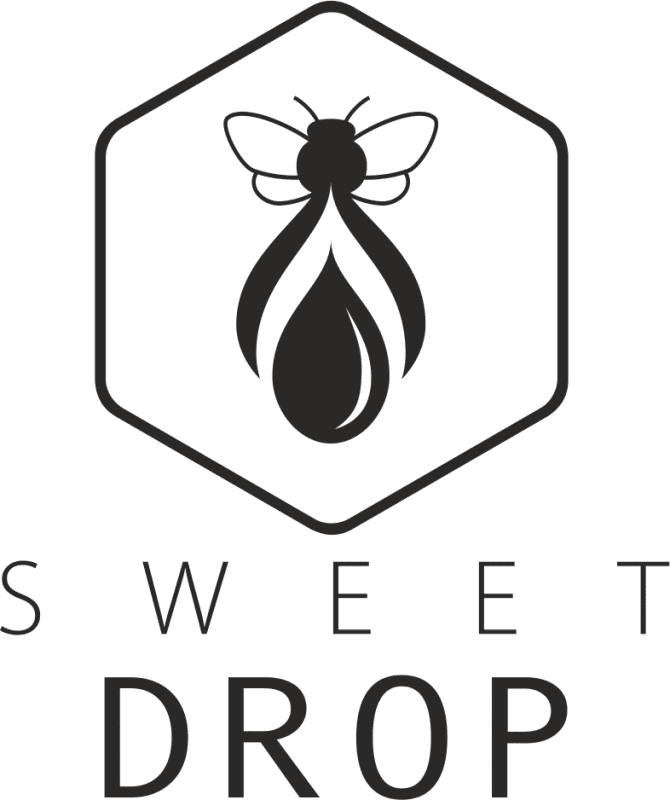Bees, Bee Bread, Bee Pollen
About Bee Bread
Bee pollen, also known as bee bread and ambrosia (Food of the Gods), is a ball or pellet of field-gathered flower pollen packed by worker honeybees, and used as the primary food source for the hive. It consists of simple sugars, protein, minerals and vitamins, fatty acids, and a small percentage of other components. Bee pollen is stored in brood cells, mixed with saliva, and sealed with a drop of honey. Bee pollen is harvested as food for humans and marketed as having various, but yet unproven, health benefits.
Details
In honeybees (Apis species) pollen is stored in the chambers of the hives. It differs from field gathered pollen as honey bee secretions induce a fermentation process, where biochemical transformations break down the walls of flower pollen grains and render the nutrients more readily available.
Forager bees that gather pollen do not eat it themselves, since they stop producing the proteolytic enzymes necessary to digest it when they transition to foraging. The foragers unload the pollen they gather directly into open cells located at the interface between the brood and stored honey, creating a typical band of what is called bee bread – the substance which is the main food source for honey bee larvae and workers.
Foraging bees bring pollen back to the hive, where they pass it off to other worker bees, who pack the pollen into cells with their heads. During collection and possibly packing, the pollen is mixed with nectar and bee salivary secretions. Bee pollen is the primary source of protein for the hive.
Composition
Like honey and propolis, other well-known honey bee products that are gathered rather than secreted (i.e., in contrast to royal jelly and beeswax), the exact chemical composition depends on the plants from which the worker bees gather the pollen, and can vary from hour to hour, day to day, week to week, colony to colony, even in the same apiary, with no two samples of bee pollen being exactly identical. Accordingly, chemical and nutritional analyses of bee pollen apply only to the specific samples being tested and cannot be extrapolated to samples gathered in other places or other times.
Although there is no specific chemical composition, the average composition is said to be 40–60% simple sugars (fructose and glucose), 20–60% proteins, 3% minerals and vitamins, 1–32% fatty acids, and 5% diverse other components. Bee bread is a niche for yeasts and bacteria, including lactic acid bacteria, Bifidobacterium, Bacillus spp., and others. A study of bee pollen samples showed that they may contain 188 kinds of fungi and 29 kinds of bacteria. Despite this microbial diversity, stored pollen is a preservation environment similar to honey, and contains consistently low microbial biomass.



